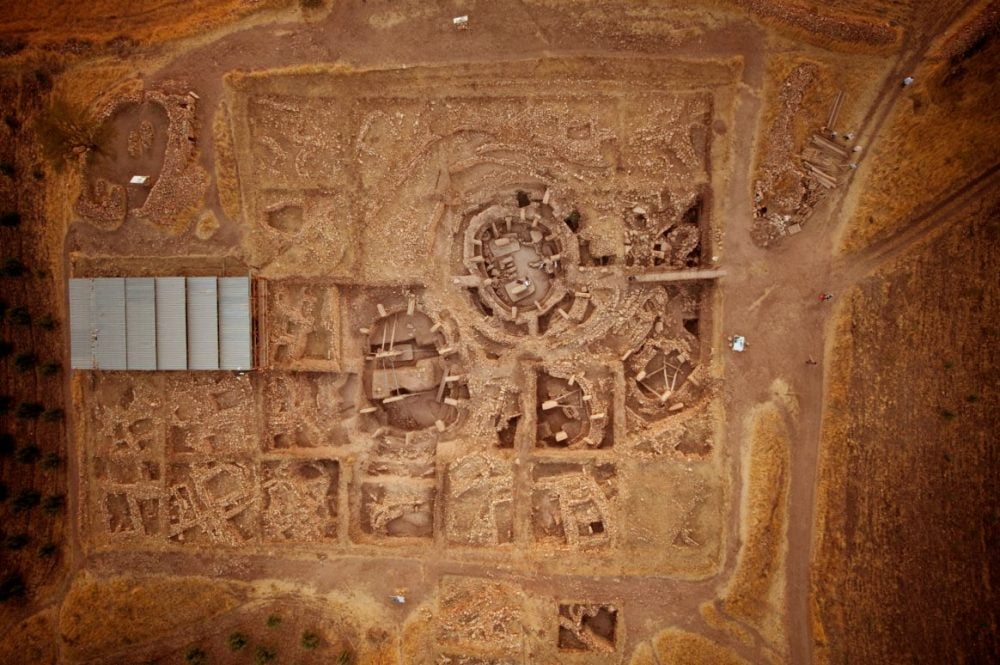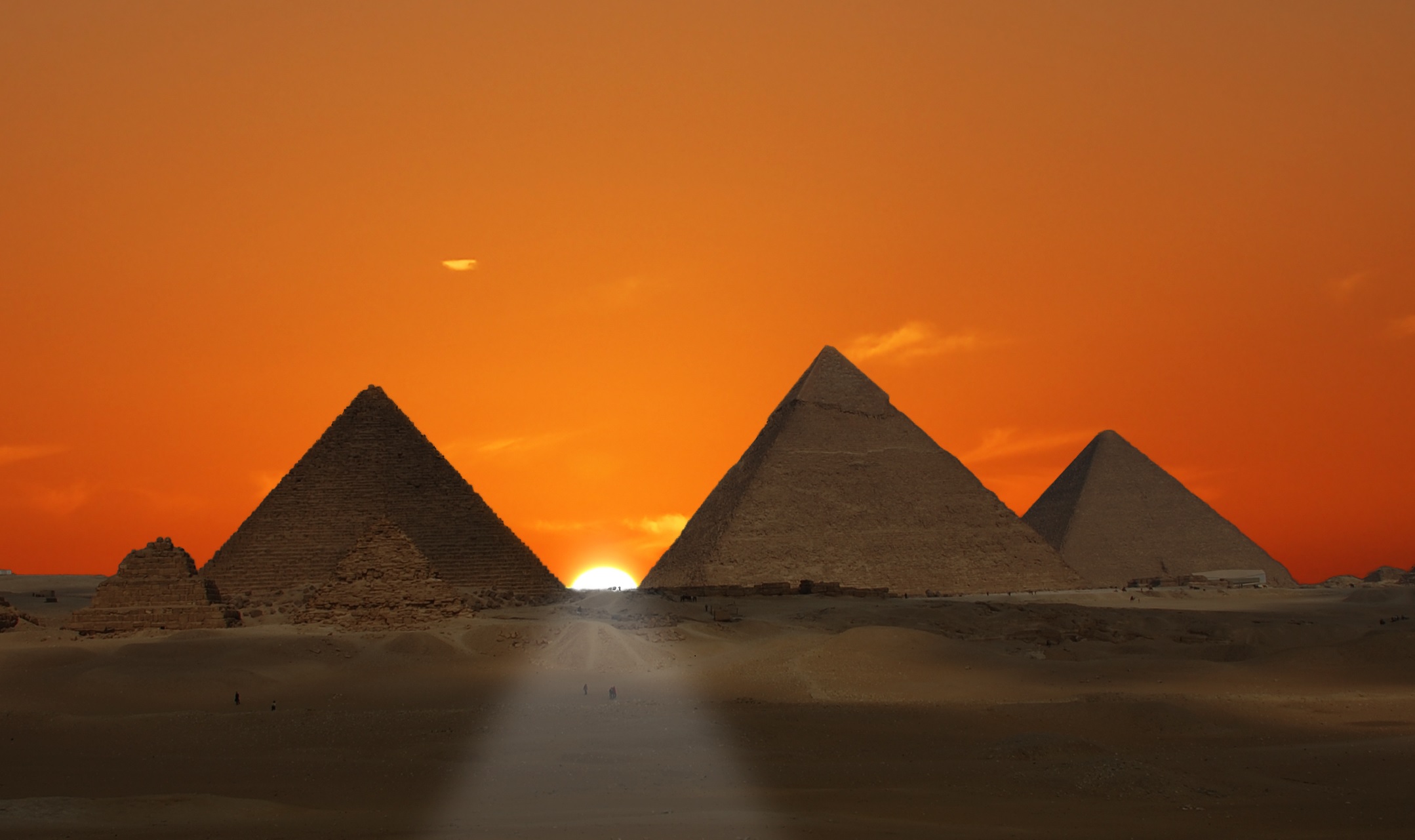My Thoughts on Why The Great Pyramid May Not Have Been a Tomb

I am also writing two books which I hope to finish soon. Both books are about pyramids, one specifically about ancient Egyptian pyramids, and one about global pyramids.
I’ve read countless books on the subject, both from mainstream scientists and from authors that offer an unprecedented, alternative view on the function of the pyramids.
I also created an online survey in my Facebook Group ASOLK (Ancient School of Lost Knowledge) where I asked the members what they thought about pyramids, and whether they believed the pyramids—of Egypt—were designed and meant to serve as the eternal resting places of the Pharaohs of Egypt.
I published the results of the survey—an internet poll—in an article over at Curiosmos, you can read it here.
The survey demonstrated what I had suspected all along, that more people believe that the pyramids were not tombs than people who believed they were tombs.
Nearly 11,000 people participated in an internet poll asking whether or not the pyramids of Egypt were tombs. Less than 5 percent of the people that participated in the poll thought the pyramids were tombs.
Unsurprisingly, I found that most of the members of my group had a different view on pyramids than what mainstream scholars argue in books. I will repeat the internet poll once the group reaches 200,000 users. The group is currently at +170,000 users.
I am by no means a conspiracy nut when it comes to pyramids. I am, however, open to various possibilities and like to keep an open mind about Egyptian pyramids. I have read some of the best books on pyramids written by experts in the field, such as Mark Lehner and his book the Complete Pyramids, Ahmed Fakhry, and his book The Pyramids, Miroslav Verner and his book The Pyramids, as well as many others.
I have also read the work of Robert Bauval, Hancock, and a fascinating book by Dutch author Willem Witteveen titled the Great Pyramid of Giza, a modern view on ancient knowledge.
Both sides of the story helped expand my knowledge on the pyramids as a symbol of ancient civilizations. Because I believe the Egyptian pyramid was precisely that, a symbol in ancient times, and had a significance far greater than a mere tomb.
I can’t write about pyramids—globally—and not mention the sheer number of similarities that pyramids scattered across the globe share. I can’t avoid writing about how pyramids in America, pyramids in Asia, and pyramids in Africa have architectural elements that are strikingly similar. It is as if, thousands of years ago, ancient civilizations looked at the very same blueprint when creating pyramids.
Mainstream scholars tend to explain these similarities as no more than a coincidence. After all, you can’t build pyramids in more ways than one? But you can.
Pyramids can be designed and built in more ways than one, and evidence of that are the Egyptian pyramids, which mainstream scholars say are the product of the evolution of the mastaba tomb.
The birth of the Egyptian pyramid can be credited to the Third Dynasty Reign of King Djoser and his royal seer and architect Imhotep, some 4,700 years ago.
The Step Pyramid was Egypt’s first pyramid. Its successful completion marked a revolutionary change in the architecture of ancient Egypt, where lesser materials were no longer used for the construction of royal monuments. Wood, Reeds, papyrus, and mudbrick was replaced with the use of limestone.
This change resulted in monuments that were much sturdier, heavier, and larger, thus surviving for millennia.
The pyramid of Djoser was anything but an easy construction. It required an entirely new level of organization, as well as never before seen resources. This was made possible by Djoser’s rule. By building such a monument, he proved the government had control over both material and human resources at the time.
The Step Pyramid was an example. And Although the monument was revolutionary, and one would expect a long line of similar monuments to be built after, this was not the case. It wasn’t until the fourth dynasty ruler of Sneferu that another pyramid was erected in Egypt.
What I want to convey by this is that, although many elements endured for millennia, the pyramid as a monument evolved constantly. Evidence of this are the three pyramids of Sneferu; the Pyramid at Meidum and the Bent and Red Pyramid at Dahshur.
The first successful smooth-sided pyramid was the Red Pyramid at Dahshur, and this shape would remain constant all the way to the pyramid of Menkaure, which in itself was a lesser pyramid having a total volume much smaller than the Pyramid of Djoser.
The evolution of the pyramid is well attested in Egypt, and I know for a fact that not all pyramids were tombs. I can even give you an example; the provincial pyramids of Egypt. These small pyramids range from 10 to nearly 20 meters in height, and they were not built as tombs. There are eight known pyramids, of which seven remain. These pyramids were likely built as a cenotaph, or place of worship.
Another example is Egypt’s last pyramid, the pyramid of Ahmose I, as I explain in this article on Curiosmos;
It was during the eighteenth Dynasty that the ancient Egyptians decided to no longer build pyramids, and it was precisely then, when the last ancient Egyptian pyramid was built; the Pyramid of Ahmose I.
King Ahmose I was a pharaoh and founder of the Eighteenth Dynasty of Egypt. His pyramid was also not a tomb, and Egyptologists say it was a cenotaph.
Sure, one might say that these are lesser pyramids and were likely unworthy of tombs of the kings of Egypt. Although that may very well be the case, then why have not found the mummies of Djoser, Sneferu, Khufu, and Khafre, the pharaohs that are said to have built the most glorious of ancient Egyptian pyramids? Surely the pyramids built by the aforementioned rulers were worthy?
Egyptologists say that the mummies are gone because the structures were entered into in ancient times. Plausible, but do you really think that an ancient civilization that built a massive, humongous pyramid such as the Great Pyramid of Giza, composed of around 2.3 million blocks of stone, and with a total weight estimated at around 6 million tons, was unable to construct a room—chamber—where the Pharaoh’s mummy would remain safe as long as the pyramid stands?
If we follow that logic, then, all of the tombs of the kings of Egypt would have been emptied by now. Yet the tombs of the Valley of Kings remained largely intact. Either the pyramids I make reference to above have rooms that are still undiscovered, the Great Pyramid definitely has one, or the pyramids served a different purpose, one that we refuse to consider to this day.
I also feel compelled to mention a 2017 study that demonstrated—and was blatantly ignored—a unique characteristic of the Great Pyramid of Giza.
Dubbed “the Electromagnetic Properties of the Great Pyramid of Giza,” the study demonstrated that the pyramid can concentrate electromagnetic energy in its internal chambers as well as under its base, where the third unfinished chamber is located.”
” It is revealed that the Pyramid’s chambers can collect and concentrate electromagnetic energy for both surrounding conditions,” the researchers wrote.
This, of course, was something the ancient Egyptians had no knowledge of when they built the pyramid and is something entirely random, the researchers have concluded.
When looking at a monument such as the Great Pyramid of Giza, I like to believe that its builders left nothing to choice, and that everything we see in the pyramid today was designed and built for a specific purpose.[:]




One Comment